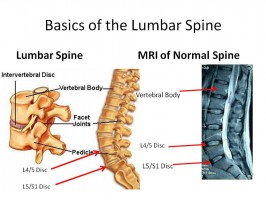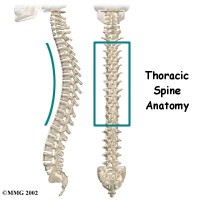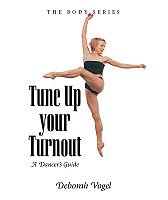Having addressed the Cervical and Thoracic spines in previous installments, we now turn our attention to the lower three sections of the vertebral column. Learn about the lumbar spine, intervertebral discs, the sacrum, coccyx, and get a quick and dirty list of the 3 big take-away points about ‘the stemb of aplomb,’ the spine.
anatomy for dancers
The Stem of Aplomb – Part Two: The Thoracic Spine
Of all the spinal sections, the thoracic vertebrae are least capable of movement, however it is exceedingly important to the movements of dance. Lauren of Art Intercepts teaches us about the thoracic spine, its function, and gives an exercise to stretch and strengthen this area of the back for movement and greater aplomb.
The Stem of Aplomb — Part One: The Cervical Spine
The way that a dancer carries his/her head, the length of the neck, and the position of the chin, are pivotal to the overall appearance of grace and poise so necessary in dance. Understand the cervical spine and how it functions to project self-confidence, and improve common mistakes in cambré and carriage of the head.
Giving Thanks Giveaway: The Body Series
Deborah Vogel of The Body Series would like to give away the Essential Anatomy Multimedia Course to ONE lucky Dance Advantage reader. Place a comment at this post, answering the question: What is the dance correction, statement, or “teacher-ism” you would most like explained anatomically?
Everything You Ever Wanted To Know About Turnout – How to Nurture Your Turnout
Too much tension in the musculature around the hip joint is often responsible for limiting the degree of turnout. Therefore, releasing that tension is key if you’d like to improve outward (and inward) rotation. Tight inward rotators inhibit outward rotation and visa versa. Dancers have varying methods which they use to accomplish release in the hips. Some use passive and lengthening stretches and others utilize props like balls to facilitate an opening within the joint.





